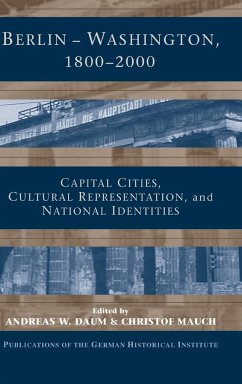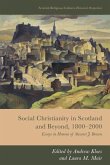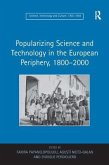This collection examines the urban spaces of Berlin and Washington and provides a comparative cultural history of two eminent nation-states in the modern era. Each of the cities has assumed, at times, a mythical quality and they have been seen as collective symbols, with ambitions and contradictions that mirror the nation-states they represent. Such issues such stand in the centre of this volume. The authors ask what these two capitals have meant for the nation and explore the relations between architecture, political ideas, and social reality. Topics range from Thomas Jefferson's ideas about the new capital of the United States to the creation of the Holocaust memorial in Berlin, from nineteenth-century visitors to small-town Washington to the protesters of the 1968 student movement in West Berlin. This lively collection of essays speaks to audiences as diverse as historians, urban sociologists, architects and readers interested in cultural studies.
Hinweis: Dieser Artikel kann nur an eine deutsche Lieferadresse ausgeliefert werden.
Hinweis: Dieser Artikel kann nur an eine deutsche Lieferadresse ausgeliefert werden.
"...the fascinating essays in this volume approach from multiple perspectives the question of how these cities attain symbolic importance in the performance of national identity.... With its thoroughly researched, original, and well-written contributions, the book models the rich insights that comparative cultural history, competently executed, can yield. It can be read with profit and pleasure by specialists and generalists alike, some of whom might be inspired to take a comparative look at the very real challenges faced by these cities today."
--Patricia Herminghouse, University of Rochester, German Quarterly Book Reviews
--Patricia Herminghouse, University of Rochester, German Quarterly Book Reviews







